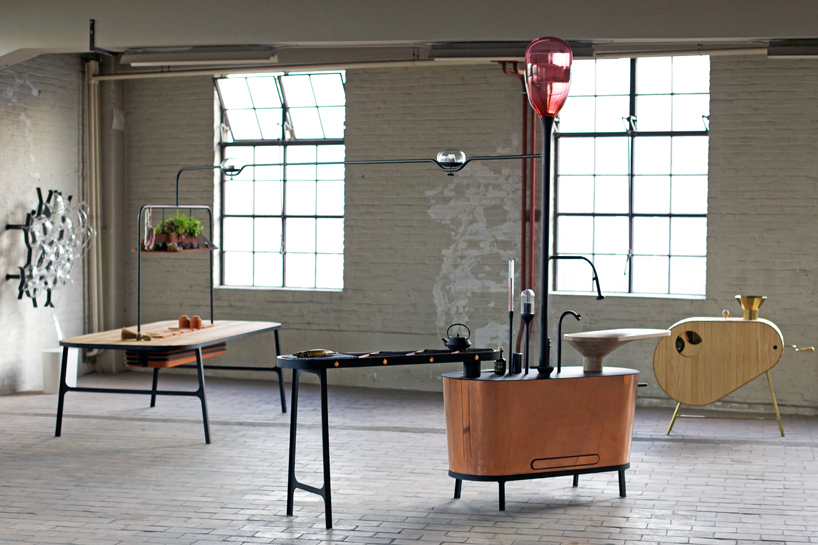There are eight guiding principles that underlie the Convention:
- Respect for inherent dignity, individual autonomy including the freedom to make one's own choices, and independence of persons
- Non-discrimination
- Full and effective participation and inclusion in society
- Respect for difference and acceptance of persons with disabilities as part of human diversity and humanity
- Equality of opportunity
- Accessibility
- Equality between men and women
- Respect for the evolving capacities of children with disabilities and respect for the right of children with disabilities to preserve their identities"
http://www.un.org/disabilities/convention/conventionfull.shtml
http://en.wikipedia.org/wiki/Convention_on_the_Rights_of_Persons_with_Disabilities





